Indigenous people are promised health care. For rural moms, it's an empty one.
The story was originally published in USA Today with support from our 2022 Impact Fund For Reporting on Health Equity and Health Systems.
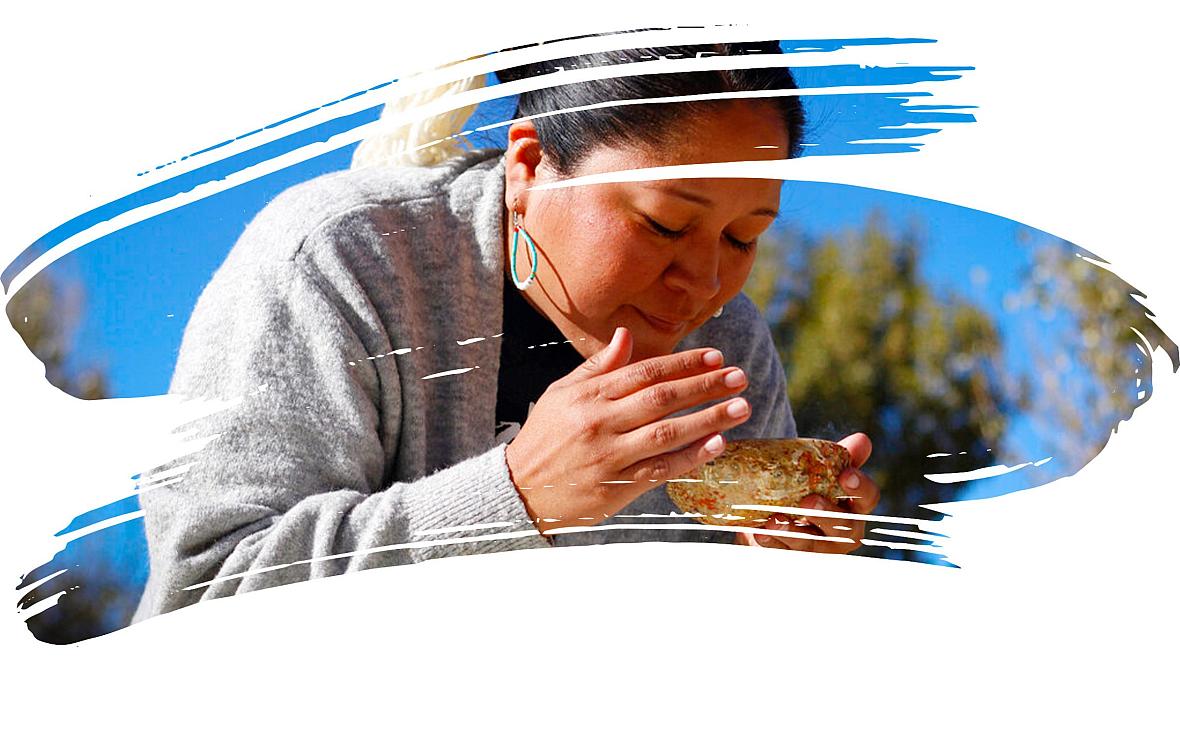
Nurse midwife Nicolle Gonzales has worked in various IHS hospitals across New Mexico and Arizona, where over the years she saw Santa Fe and Phoenix medical centers shut down their obstetric services.
DELIA JOHNSON/CRONKITE NEWS VIA AP
Part 2 of a four-part USA TODAY project examining the lack of maternal health care in America's rural communities of color.
On Christmas night at her family’s home on the Yankton Sioux Reservation, Markita McBride felt a sudden exhaustion wash over her.
She lay down to rest, then stumbled into the bathroom, where she found herself soaked in blood. Seven months pregnant, McBride was hemorrhaging. The clots were so big she thought she was miscarrying.
Seeing the blood on her bed and the floor, her brother and sister broke the bathroom door open to find McBride in shock.
They rushed her into the car. The underfunded Indian Health Service emergency room was closed for the night, and an ambulance from elsewhere would take too long. So her sister drove, speeding down US-18 through a swirling snowstorm to the nearest open emergency room in Wagner, about 17 miles from their small rural reservation town of Lake Andes in southeastern South Dakota.
But that hospital didn’t have an obstetrics unit. Clinicians did what they could to stabilize McBride with blood transfusions, then rushed her by ambulance to another hospital in Yankton, an hour away.
Once there, doctors found she required specialty obstetric care. From the hospital's helicopter pad, she was flown another 80 miles – 126 miles from home – to Sanford University of South Dakota Medical Center in Sioux Falls, the state’s largest hospital.
“It was hell,” McBride said of that night in 2014. “Even taking a breath in was too much for me.” She felt so weak, “like somebody pulled the plug real fast.”
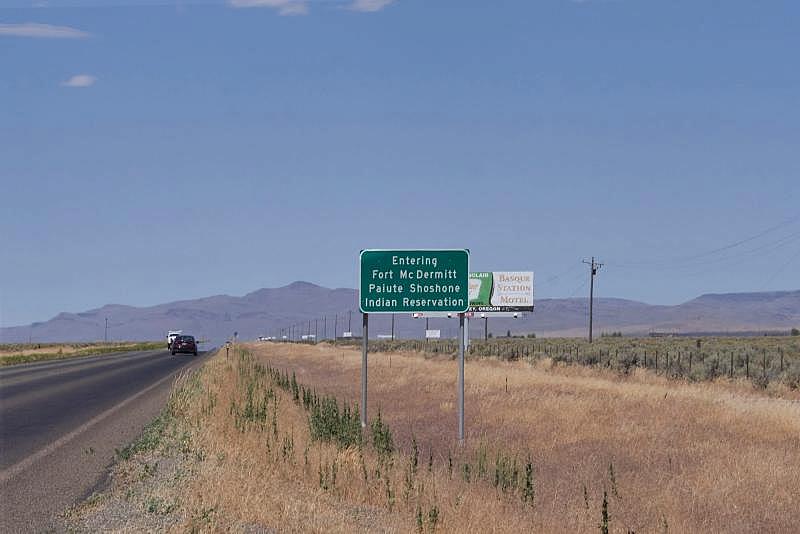
Fort McDermitt Paiute and Shoshone Indian Reservation entrance sign, seen on July 19, 2022 on the Fort McDermitt Paiute and Shoshone Indian Reservation Nevada. ALEJANDRA RUBIO, FOR USA TODAY
At Sanford, she counted to three as they put her under for an emergency C-section. Doctors said she and her baby had a 50-50 chance of surviving.
McBride didn’t wake up for four days, but she and her daughter, Avaya Zephier, made it.
As an American Indian, McBride was nearly three times as likely as a white mother to die of childbirth-related causes, with hemorrhage being among the leading and most preventable.
Despite the higher risks, rural Indigenous people must trek some of the longest distances in the country for obstetrics, many driving more than 100 miles one way. Many reservations also lack regular prenatal care, which contributes to high maternal death and morbidity rates that experts say underscore a systemic failure to uphold the nation's promise of health care for Indigenous people.
“Our people have already paid for all of this health care, and everything that's in the treaties, with a cessation of over 500 million acres of land,” said Stacy Bohlen of the Sault Ste. Marie Tribe of Chippewa Indians and executive director of the National Indian Health Board.
Health care is a treaty right promised to Native Americans to account for injustices dating back to the nation’s founding. But the IHS is chronically underfunded. Native American health disparities stem from those injuries and longstanding systemic neglect, experts say.
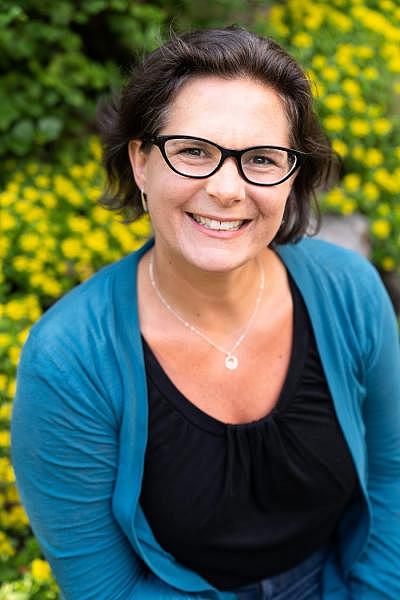
Katy Kozhimannil, University of Minnesota Rural Health Research Center director
Most IHS hospitals, where enrolled tribal people can access health care services, don't provide childbirth care, said maternal health expert Katy Kozhimannil, director of the University of Minnesota's Rural Health Researcher who is of Ojibwe descent.
There are only nine IHS-run health care facilities in six states that have a labor and delivery program, according to the agency. Tribes offer a handful of their own labor and delivery units in Arizona, Oklahoma and Alaska. About 75% of American Indian and Alaska Native births occur in non-Indigenous health care centers.
Many mothers, including McBride’s own mom, she said, have had to deliver on the side of a road because they couldn't get to a hospital in time.
Rural Indigenous mothers had the highest combined rate of severe maternal illness and death during childbirth at about 225 per 10,000 births, she and her colleagues found in a recent study of roughly 3 million Medicaid-funded births, almost twice as high as rates among their rural white counterparts at 132 per 10,000.
Indigenous women are more likely to have lower-quality maternity care than white women and start prenatal care later, research shows. “If you are able to get an OB-GYN in your community, that's a pretty high bar for Indian Country,” said Bohlen.
In an emailed statement, IHS public affairs director Jennifer Buschick said prenatal care is offered in "many" federal, tribal and urban clinics. "Accessible prenatal care is important to our patients and we prioritize providing care close to home, with specialty referrals as necessary," she said.
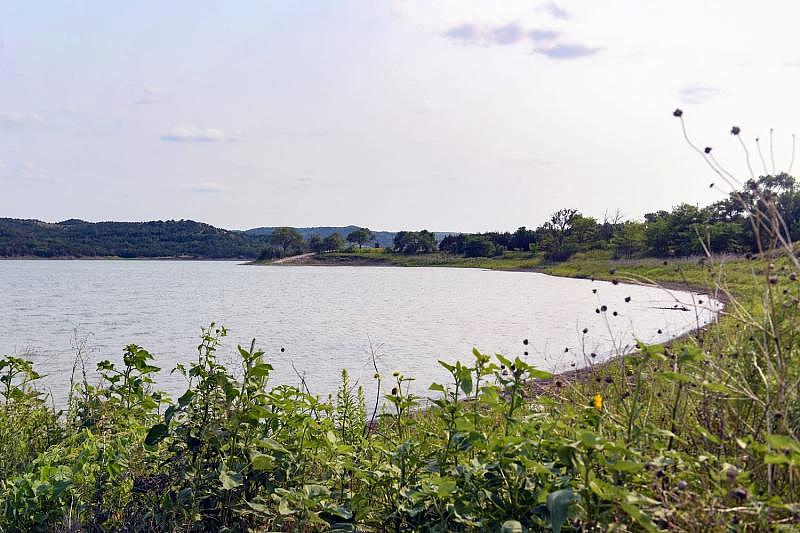
The water is quiet at Whetstone Landing on Friday, July 16, 2021 at the Yankton Sioux Reservation in South Dakota. ERIN BORMETT, SIOUX FALLS ARGUS LEADER
Adding urgency to the lack of prenatal and obstetric care is the reversal of Roe v. Wade in June. Researchers estimate at least 75,000 more women in places with abortion restrictions will have to deliver. In McBride’s South Dakota, abortions are illegal except in life-threatening situations.
“It's almost unbearable," Bohlen said. "It's the sacredness of the very gift that Creator gave to the women: to be the holders and givers of life for creation. The fact that our women have to go through so much neglect and unmet needs creates challenges.”
'That's when things happen'
Rural hospitals are shutting down, and 1 in 5 rural Native women lives at least 30 miles from a hospital with obstetrics, according to calculated estimates from the University of South Carolina Rural and Minority Health Research Center, U.S. Census American Community Survey and American Hospital Association surveys.
Rural Indigenous communities are the farthest from obstetric care, with more than half at least 30 miles away, compared with about a third of majority-white rural areas, according to research by the center's deputy director Peiyin Hung and colleagues.
About 2,000 people live in McBride's town of Lake Andes. The 200 Native women 15 and older there must travel more than 30 miles for gynecological and obstetric care. Women on other reservations in the state, such as Pine Ridge, must drive up to 75 miles to deliver a baby, about an hour and a half.
“There have been babies born en route,” said longtime women’s health advocate Charon Asetoyer, who is Comanche and lives on the Yankton Sioux Reservation. “They’ve taken away most of the delivery services that we used to have, and they contract them out. ... A lot of times we have to leave our communities to deliver, and that's when things happen.”
Often, Asetoyer said, doctors will schedule a C-section for a mother and induce labor rather than risk the baby coming when help may not be available. But C-sections are major surgeries that come with their own risks.
"The more they take those services away," she said, "it becomes life threatening."
'Nothing is handed to you'
Tribes in other states face similar barriers. The Duckwater Shoshone Tribe Reservation in central Nevada’s high desert valley is among the farthest from a hospital with obstetric care – 144 miles round trip.
When Shalene Mike-Collins had her son Bentlee, now 8, she traveled three hours to reach a hospital for care. Bentlee was born with a serious congenital heart defect and required several open-heart surgeries as an infant. Bentlee survived, but Indigenous babies have almost twice the mortality rate of white babies.
About 300 people are enrolled in the tribe, whose reservation is home to the state’s famous Big Warm Spring. Services of all kinds are sparse. There's no gas station, just a recently installed gas pump that can be used on weekends.
The reservation gets by with just two volunteer EMTs.
"We no longer have an ambulance here,” said Mike-Collins, 36, the receptionist and human resources manager at the tribe’s main office. Residents help one another by giving rides and raising money for surgeries.
The mother of two is considering learning to drive an ambulance herself.
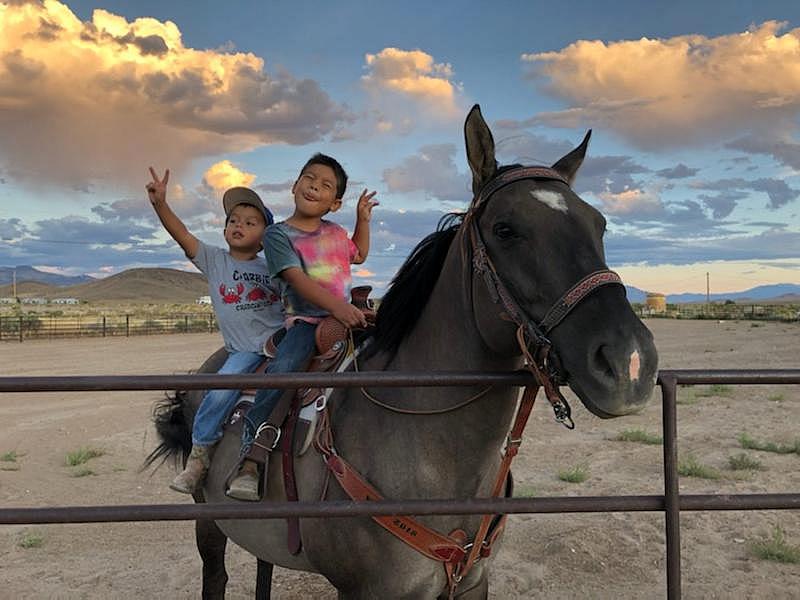

Shalene Mike-Collins' sons Bentlee and Talon pose for a photo on the reservation of the Duckwater Shoshone Tribe. Mike-Collins drove three hours to reach a hospital for care when she was pregnant with Bentlee.PROVIDED TO USA TODAY
Still, Mike-Collins loves her quiet community.
"There's literally nothing out here. Just the hot springs," she said. "We could ride our four-wheelers everywhere we want."
It's all she has ever known. The mother of two has lived there her whole life, aside from the two years she went off to college. She has grown accustomed to the lack of services and long drives.
"We're used to it," she said.
Women on the Fort McDermitt Paiute-Shoshone Tribe Reservation, which stretches along the Nevada-Oregon border near Idaho, are just as isolated. They must drive more than an hour to reach a hospital with obstetric care.
The community has no emergency medical services, said tribal chairwoman Maxine Redstar. “We had one, and the program just couldn’t sustain itself.”

Chairwoman Maxine Redstar poses in front of Red Mountain (Minerva mountain) on July 19, 2022 on the Fort McDermitt Paiute and Shoshone Indian Reservation. ALEJANDRA RUBIO, FOR USA TODAY
Ambulances for women in need must come from Winnemucca, an hour's drive away.
“They'll give birth along the way," Redstar said. "They'll give birth behind the ambulance or however they need to get down there.”
Traveling that far just for basic gynecological and maternal health care is costly and exacerbates the access problem. More than half of people on the reservation live below the poverty level, according to the U.S. Census, and two-thirds of families with children under 18. Paying the high price of gasoline or lodging is out of reach for many.
Women with complications have limited options, Redstar said.
“They're told, ‘Well, you know, if the pain gets any worse, come back,' and you just can't afford to go back and forth," she said. "Families try and help each other in that respect."
The community's only prenatal care is a gynecologist who comes once a month from 75 miles away. Other than that, “you don't have that prenatal care,” Redstar said. As a result, “there’s some birthing that has complications.”
Redstar said two of her nieces suffered preeclampsia, a dangerous pregnancy complication. They “vowed never to give birth again,” she said.
Basic preventative care also is a challenge. Because of the community's limited budget, even mobile health screening units are rare.
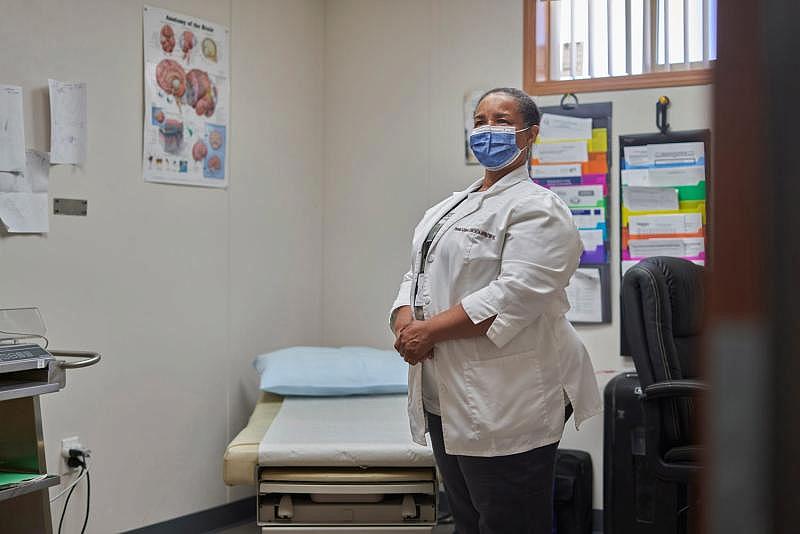
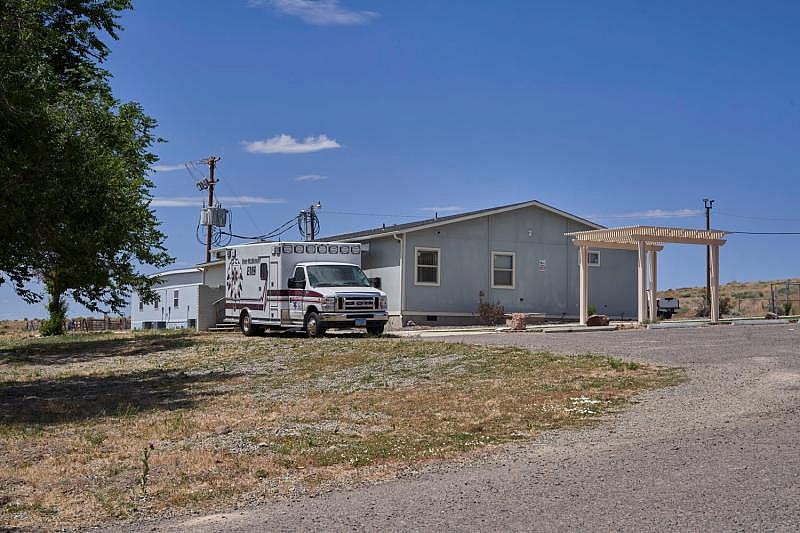
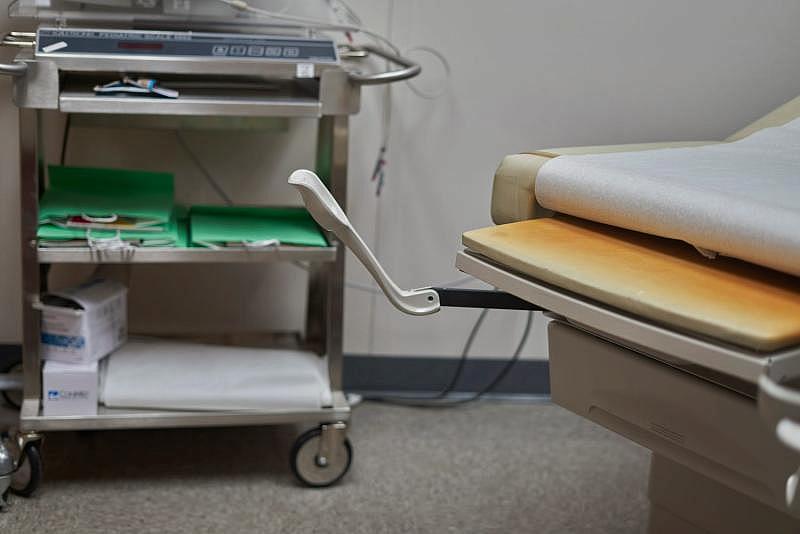
Nurse practitioner Pamela Johnson works at a medical clinic at the Fort McDermitt Paiute and Shoshone Indian Reservation in Nevada.
ALEJANDRA RUBIO/FOR USA TODAY
“Early detection of anything is very difficult. It's nonexistent to us,” Redstar said.
A 2020 study found death rates from cervical and uterine cancers were higher among Native women in the Pacific Northwest than among white women.
Redstar said she tries to advocate for better resources for her tribe.
"We have to fight to stay in the game. Nothing is handed to you. You got to work for it," she said. "Resiliency has always been what our ancestors have left us behind with. That is something that we don't take lightly."
'How to heal ourselves'
In the absence of maternal care, Indigenous women rely on themselves.
Native midwives and doulas are trying to close care gaps through home births and home visits, reviving cultural traditions and advocating for Native moms who often report discrimination in clinical settings.
Nurse midwife Nicolle Gonzales has worked in various IHS hospitals across New Mexico and Arizona, where over the years she saw Santa Fe and Phoenix medical centers shut down their obstetric services.
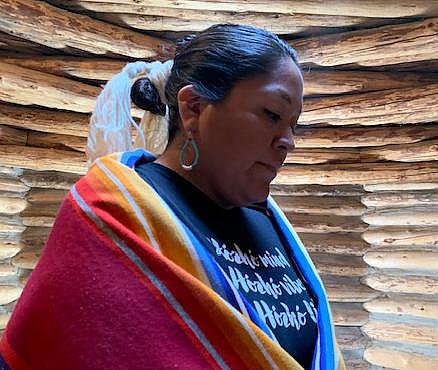
LAUREL MORALES/PHOENIX PUBLIC RADIO
“You're starting to see Indian Health Services not providing obstetrical delivery services,” said Gonzales, who is Navajo. “Native women are starting to have even less options.”
The few IHS hospitals that still provided labor and delivery services often lack Native staff, Gonzales said. She saw "blame and shame" marginalizing Native women because clinicians failed to uphold their values and birth experiences and didn't understand their unique barriers.
That's why she started the Changing Woman Initiative, aimed at reclaiming tribal birthing culture and knowledge. Through the White Shell Woman’s Homebirth Services and the Corn Mother Easy Access Women’s Clinic in Albuquerque, New Mexico, Gonzales offers culturally competent care for Native women and helps them give birth on their own land.
During the COVID-19 pandemic, the clinic also saw women come from their reservations for pap smears, birth control refills and other routine screenings.
“It's so important from the aspect culturally, of sovereignty, for our people to have the option to be able to deliver on their own land within their own communities,” said Dr. Brian Thompson, an OB-GYN with Upstate University Hospital in Syracuse, New York, who is Navajo and Oneida. “It hurts to see our people not be able to have the access that they so much need.”
The physician and professor is working to create a tribal Maternal Mortality Review Committee. Crucial to understanding the causes of maternal deaths in a community, the multidisciplinary groups perform extensive reviews of cases.
Thompson said tribes are matriarchal societies, and there’s a great need for Native midwives as well as physicians, especially OB-GYNs. Native people make up 0.3% of physicians, according to the American Medical Association's 2018 report.
“We know from data that Native patients have better outcomes with Native providers,” he said. “Our people know our people the best. We understand the unique circumstances, generational trauma, historical trauma – and how to heal ourselves.”
'The people of this land'
The maternity health care crisis, experts say, has its roots in compounding injustices inflicted on Indigenous people, from colonialism and forced removal and assimilation to coerced sterilizations that continued until the 1970s.
Kozhimannil, the maternal health researcher, said declining access to care among Native and other people of color is the direct result of "decades or centuries of structural racism and policy decisions around resources to those communities.”
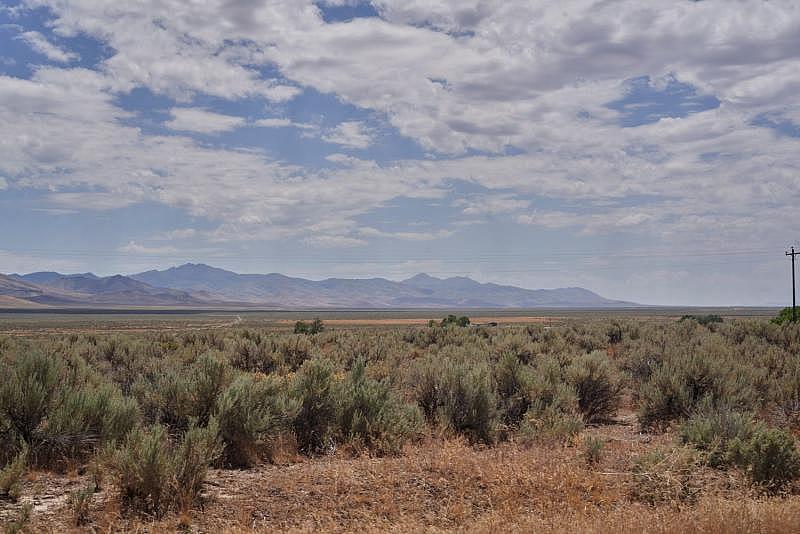
A general view of Fort McDermitt, Nevada, seen on July 19, 2022. ALEJANDRA RUBIO, FOR USA TODAY
On the Yankton Sioux Reservation in South Dakota, McBride, 37, knows of only two other people around her age born in the reservation hospital before it shut down.
Her daughter Avaya is the youngest of her five children. After the harrowing birth, McBride gave her the middle name “Alivea” to honor the fact that they both lived.
But it pains her that the survival of Native children and mothers is not a given.
“We’re the ones bringing life,” McBride said. “They really messed up the chain there.”
Better health care, and more access to it, is long overdue, said Bohlen of the National Indian Health Board.
“It's not like we're a group of poor people asking for help. We are the people of this land," she said. “My dream is that the conversation will become foreign ... that it won't even be discussed anymore because Native women will be getting the care that they need and deserve.”
This project was produced for the USC Annenberg Center for Health Journalism’s 2022 Impact Fund for Reporting on Health Equity and Health Systems. USA TODAY's Nada Hassanein, environmental and health inequities national correspondent, spent months reporting on the issue, interviewing more than 50 experts, mothers, clinicians, advocates and community leaders. Senior data reporter Doug Caruso contributed to this report, and graphics journalists Janie Haseman and Jennifer Borresen illustrated the project.
Reach Nada Hassanein at nhassanein@usatoday.com or on Twitter @nhassanein_.


